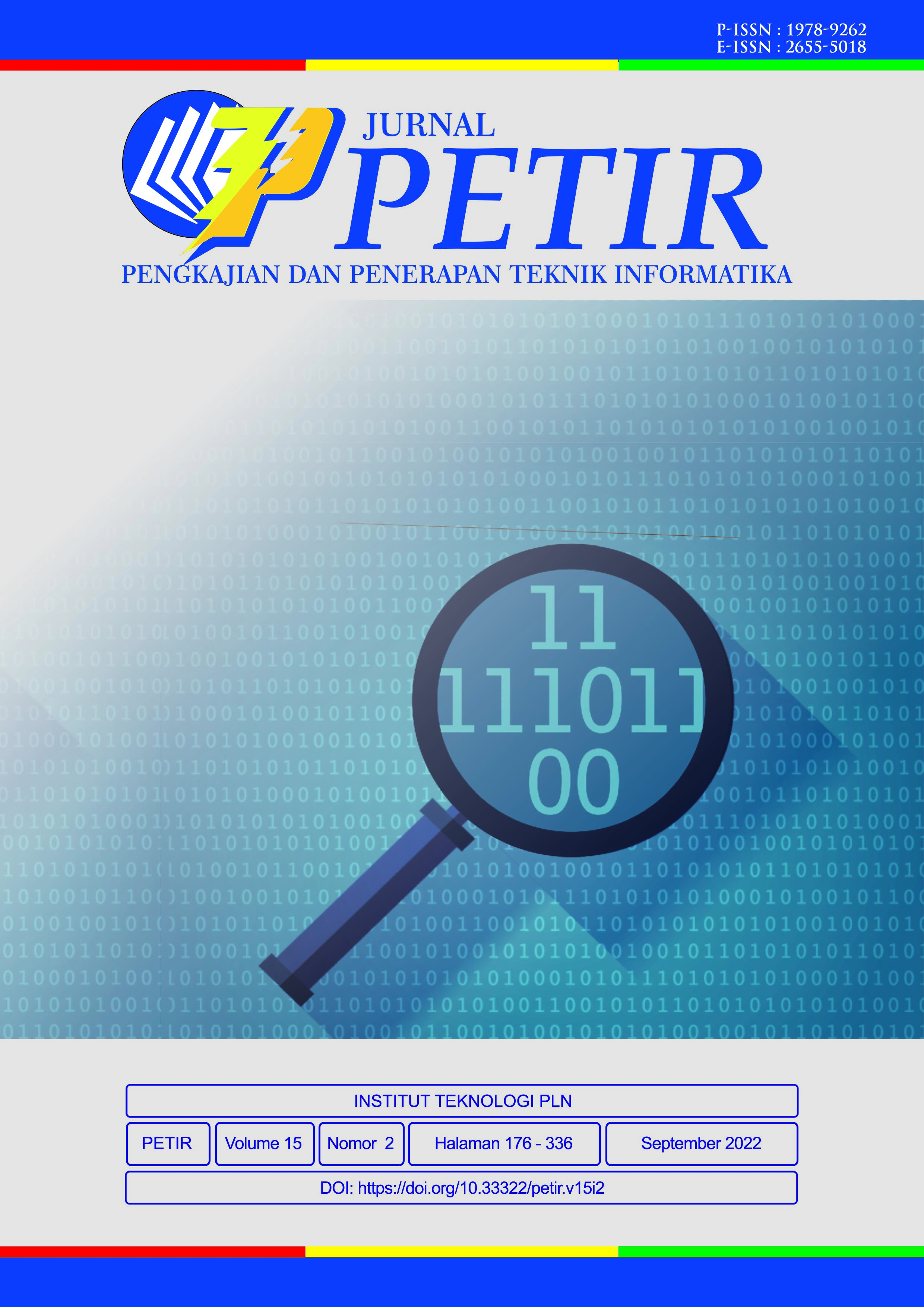Finding Dark Patterns in Casual Mobile Games Using Heuristic Evaluation
Main Article Content
Abstract
The popularity and monetary success of casual games are owed to many factors, but some of them that are not entirely honest and ethical. One of them comes in the form of the implementation of a dark pattern, a design pattern that negatively affects the experience of playing the game they are implemented. This research unveils the dark patterns most commonly used in popular and profitable casual mobile games, using heuristic evaluation conducted by five undergraduate student evaluators that have sufficient domain knowledge and experience of the topic at hand. Three of those dark patterns are (1) Pay to Skip:When the game sells various game elements that allow the players to skip some of its core challenges, (2) Grinding: When the game forces the players to sit through repetitive mechanics to make progress in the game, and (3) Playing by Appointment; When the game forces the player to play it during a specific time,through the use of rewards or punishments. The findings of this research should act as a counter-guideline on developing a casual game, as well as and provide the basis on future discussions on ethical game design.
Downloads
Article Details
References
[2] J. P. Zagal, S. Björk, and C. Lewis, “Dark Patterns in the Design of Games,” in Foundations of Digital Games Conference, 2013.
[3] A. Mathur et al., “Dark Patterns at Scale: Findings from a Crawl of 11K Shopping Websites,” Proc. ACM Human-Computer Interact., vol. 3, no. CSCW, p. 32, Jul. 2019.
[4] M. Casserly, “iPhone vs Android Market Share Analysis - Macworld UK,” 08-Feb-2019. [Online]. Available: https://www.macworld.co.uk/feature/iphone/iphone-vs-android-market-share-3691861/. [Accessed: 24-Sep-2020].
[5] StatCounter, “Mobile & Tablet iOS Version Market Share Worldwide | StatCounter Global Stats,” Aug-2020. [Online]. Available: https://gs.statcounter.com/os-version-market-share/ios/mobile-tablet/worldwide. [Accessed: 24-Sep-2020].
[6] J. Nielsen, Usability Engineering. Morgan Kaufman Publisher, 1994.
[7] R. Jeffries and H. Desurvire, “Usability testing vs. heuristic evaluation,” ACM SIGCHI Bull., vol. 24, no. 4, pp. 39–41, Oct. 1992.
[8] L. Kantner and S. Rosenbaum, “Usability studies of WWW sites,” in Proceedings of the 15th annual international conference on Computer documentation - SIGDOC ’97, 1997, pp. 153–160.
[9] J. Nielsen and R. Molich, “Heuristic evaluation of user interfaces,” in Conference on Human Factors in Computing Systems - Proceedings, 1990, pp. 249–256.
[10] J. Nielsen, “Finding usability problems through heuristic evaluation,” in Conference on Human Factors in Computing Systems - Proceedings, 1992, pp. 373–380.
[11] H. Sharp, J. Preece, and Y. Rogers, Interaction Design: Beyond human-computer interaction, 5th ed. Chichester: John Wiley & Sons, 2019.
[12] J. Nielsen, “Severity Ratings for Usability Problems: Article by Jakob Nielsen,” 1994. [Online]. Available: https://www.nngroup.com/articles/how-to-rate-the-severity-of-usability-problems/. [Accessed: 24-Sep-2020].
[13] J. Lazar, J. H. Feng, and H. Hochheiser, Research Methods in Human-Computer Interaction, 2nd ed. Morgan Kaufmann, 2017.
[14] S. de Smale, M. J. L. Kors, and A. M. Sandovar, “The Case of This War of Mine: A Production Studies Perspective on Moral Game Design,” Games Cult., vol. 14, no. 4, pp. 387–409, Jun. 2019.
[15] J. Corbin and A. Strauss, Basics of Qualitative Research: Techniques and Procedures for Developing Grounded Theory, 3rd ed. Sage Publications, 2008.
[16] A. H. Krivicich, S. Monica, K. T. John, M. D. Fogg, B. Hills, and M. J. Palmer, “United States US 2013 0331162A1 (12) Patent Application Publication,” Jun. 2012.
[17] C. Lewis, N. Wardrip-Fruin, and J. Whitehead, “Motivational game design patterns of ’ville games,” in Foundations of Digital Games 2012, FDG 2012 - Conference Program, 2012, pp. 172–179.
[18] F. Wilson, “The Freemium Business Model - AVC,” Mar-2006. [Online]. Available: https://avc.com/2006/03/the_freemium_bu/. [Accessed: 24-Sep-2020].
[19] N. Pujol, “Freemium: Attributes of an Emerging Business Model,” SSRN Electron. J., Jan. 2012.
[20] A. Kultima, “Casual game design values,” in MindTrek 2009 - 13th International Academic MindTrek Conference: Everyday Life in the Ubiquitous Era, 2009, pp. 58–65.
[21] A. Kultima and A. Sandovar, “Game design values,” in Proceedings of the 20th International Academic Mindtrek Conference on - AcademicMindtrek ’16, 2016, pp. 350–357.
[22] K. A. Harrigan, K. Collins, M. J. Dixon, and J. Fugelsang, “Addictive gameplay: What casual game designers can learn from slot machine research,” in Future Play 2010: Research, Play, Share - International Academic Conference on the Future of Game Design and Technology, 2010, pp. 127–133.
[23] D. L. King, P. H. Delfabbro, S. M. Gainsbury, M. Dreier, N. Greer, and J. Billieux, “Unfair play? Video games as exploitative monetized services: An examination of game patents from a consumer protection perspective,” Comput. Human Behav., vol. 101, pp. 131–143, Dec. 2019.
[24] L. Y. Xiao and L. L. Henderson, “Towards an Ethical Game Design Solution to Loot Boxes: a Commentary on King and Delfabbro,” International Journal of Mental Health and Addiction. Springer, pp. 1–16, 18-Dec-2019.
[25] S. Chernbumroong, P. Sureephong, and O. O. Muangmoon, “The effect of leaderboard in different goal-setting levels,” in 2nd Joint International Conference on Digital Arts, Media and Technology 2017: Digital Economy for Sustainable Growth, ICDAMT 2017, 2017, pp. 230–234.
[26] A. K. Przybylski, K. Murayama, C. R. Dehaan, and V. Gladwell, “Motivational, emotional, and behavioral correlates of fear of missing out,” Comput. Human Behav., vol. 29, no. 4, pp. 1841–1848, 2013.

